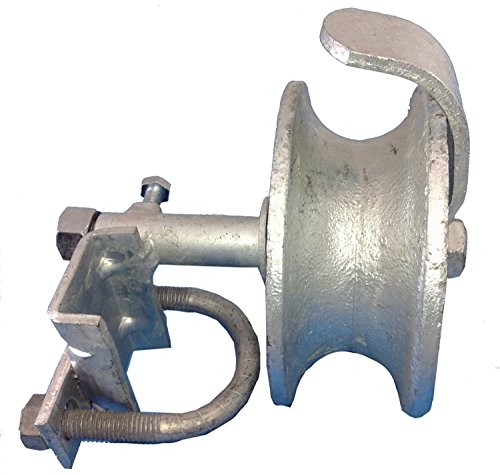Beautiful Plants For Your Interior
Beautiful Plants For Your Interior
A sliding fence on a miter saw is a tool that helps you make precise and accurate cuts. It is a movable component that you can adjust based on the size and shape of the material you are cutting. By placing the material against the sliding fence, you can ensure that the cut will be straight and clean. This feature is especially useful when working with larger pieces of material.

Are you a professional woodworker or DIY enthusiast looking for the perfect saw to make precise cuts quickly and easily? If so, then you may have heard about sliding fences on miter saws. A miter saw is a versatile tool that can make angled and precise cuts in materials like wood, plastic, and metal.
A sliding fence is one of the functional features of a miter saw. It is a critical component that enables the user to make crosscuts and angled cuts on a large workpiece quickly and more accurately. In this article, we will explain everything you need to know about sliding fences.
A sliding fence is a rail or generally a long metal bar that attaches to the miter saw’s base and runs parallel to the blade’s cutting path. It acts as a guide for the workpiece, ensuring that it stays in place during the cutting process. The fence slides in and out, making it possible for the user to cut through wider or thicker materials.
There are two types of sliding fences: the fixed and the sliding fence. A fixed fence, also known as a non-sliding fence, is the standard fence on most miter saws. It is stationary and has limited capacity, which limits the width of the workpiece being cut.
A sliding fence, on the other hand, allows the user to slide it forward or backward. Cutting a wider workpiece is easier with a sliding fence since it can accommodate nearly twice the width of the blade. The sliding fence is designed to retract to provide a more comprehensive work area for the user.
The sliding fence offers several advantages to the user. These benefits include:
The sliding fence allows the user to cut larger workpieces with ease. The length of the rail determines the maximum cutting capacity of the saw.
With the ability to slide, the fence makes it possible to work on a variety of projects, including large pieces of lumber or crown molding that would ordinarily be challenging for a stationary saw to cut.
Because the fence holds the workpiece securely in place, the sliding fence makes it possible for a user to make precise cuts, which is essential when working on delicate projects.
Using a sliding fence on a miter saw requires the following steps:
Select the length of the piece you want to cut and position it against the sliding fence.
Adjust the fence’s location by sliding it closer or further away to your desired cutting length.
Clamp the piece of wood against the sliding fence, ensuring it is secure.
Start the saw and let the blade reach its maximum speed.
Lower the blade until it touches the wood, then pull the blade forward through the wood.
Once you have finished cutting the piece, raise the blade back to its original position and turn off the saw.
For optimal results, it’s essential to maintain your sliding fence. Some basic tips to maintain the sliding fence include:
To understand why a sliding fence is so critical, it’s best to compare it to a fixed fence:
| Fixed Fence | Sliding Fence | |
|---|---|---|
| Cutting Width | Limited | Wider Cuts |
| Material Size | Limited | Larger Pieces |
| Precision | Fair | More Precise |
| Versatility | Limited | More flexibility |
In summary, sliding fences are essential parts of a miter saw, providing expanded capacity and greater functionality. With a sliding fence, a user can tackle bigger and more complex cuts with ease, while still ensuring accuracy and precision. A sliding fence may be a valuable tool for the professional woodworker or DIY enthusiast looking to tackle complex projects.